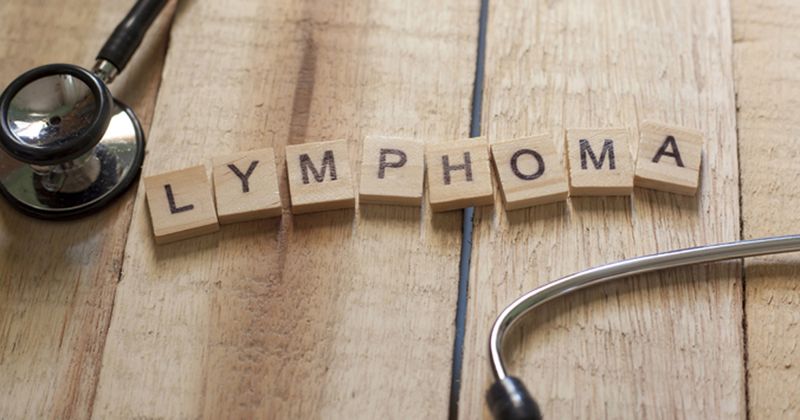HIV status does not affect outcomes in advanced classical Hodgkin lymphoma
HIV status did not affect outcomes after first-line chemotherapy for patients with advanced classical Hodgkin lymphoma, according to study results presented at Society of Hematologic Oncology Annual Meeting.
“Although follow-up time [among patients with HIV] is shorter, prognosis in terms of OS is similar,” Juan José del Moral Diez, MD, internal medicine fellow in the department of hematology and oncology at Instituto Nacional de Ciencias Médicas y Nutrición Salvador Zubirán in Mexico City, said during a presentation. “There was no difference observed in the likelihood of achieving complete remission [between groups].”

Classical Hodgkin lymphoma accounts for approximately 95% of Hodgkin lymphomas.
Incidence of classical Hodgkin lymphoma is five- to 20-fold higher among individuals with HIV, and use of combined antiretroviral therapy and elevated CD4 counts appear to contribute to this elevated risk.
Median age of HIV-associated classical Hodgkin lymphoma ranges from 40 to 49 years, and it tends to manifest at a later stage and with extranodal disease, according to study background.
Recommended treatment for HIV-associated classical Hodgkin lymphoma is first-line ABVD chemotherapy — which consists of doxorubicin, bleomycin, vinblastine and dacarbazine — while continuing combined antiretroviral therapy.
However, outcomes after first-line ABVD chemotherapy for individuals with HIV have not been well-established.
Del Moral and colleagues conducted an observational case-control study to compare outcomes by HIV status among 79 men with advanced-stage classical Hodgkin lymphoma. All men received first-line ABVD chemotherapy at a national reference center in Mexico City between August 2004 and December 2018.
The cohort consisted of 21 men with HIV (mean age, 42.9 years ± 10.88 years) and 58 men without HIV (mean age, 45.1 years ± 17.56 years). Among men with HIV, median time from HIV diagnosis to classical Hodgkin lymphoma diagnosis was 40 months, and 90.5% of them were receiving combined antiretroviral therapy at the time of lymphoma diagnosis.
The most common histologic subtype was mixed cellularity, with prevalence of about 38% in the HIV and no-HIV groups. Men with HIV had significantly lower leukocyte count (4.6 x 103 cells/mL vs. 6.7 x 103 cells/mL; P = .02).
Investigators tested biopsies from 18 of the men with HIV for Epstein-Barr virus, and all tested positive.
Complete response, OS and RFS served as the main outcome measures.
Median follow-up was 10 months for those with HIV and 45 months for those without (P = .01).
Researchers reported no statistically significant difference in rates of complete response (61.1% vs. 66.1%), partial response (5.6% vs. 5.4%) or relapse (12.5% vs. 30.3%) between men with HIV and those without HIV.
Men without HIV achieved significantly longer RFS (51 months vs. 24 months; P = .03).
At last follow-up, six men (28.6%) with HIV and 16 men (27.6%) without HIV had died. Median OS had not been reached in either group.
“RFS is statistically different between both groups and is shorter in [HIV-associated classical Hodgkin lymphoma], but as the OS in both groups remains similar, it is possible that rescue chemotherapy is effective [for] relapsed patients,” del Moral Diez said.
Researchers determined age 45 years or older (P = .02) and stage IV classical Hodgkin lymphoma (P = .03) were adverse prognostic factors, and International Prognostic Score higher than 3 significantly predicted mortality (P = .01).

